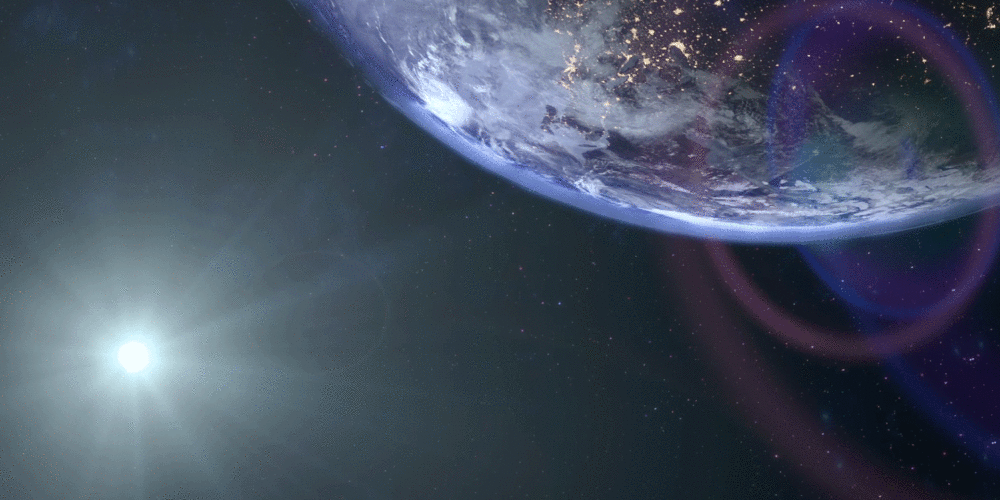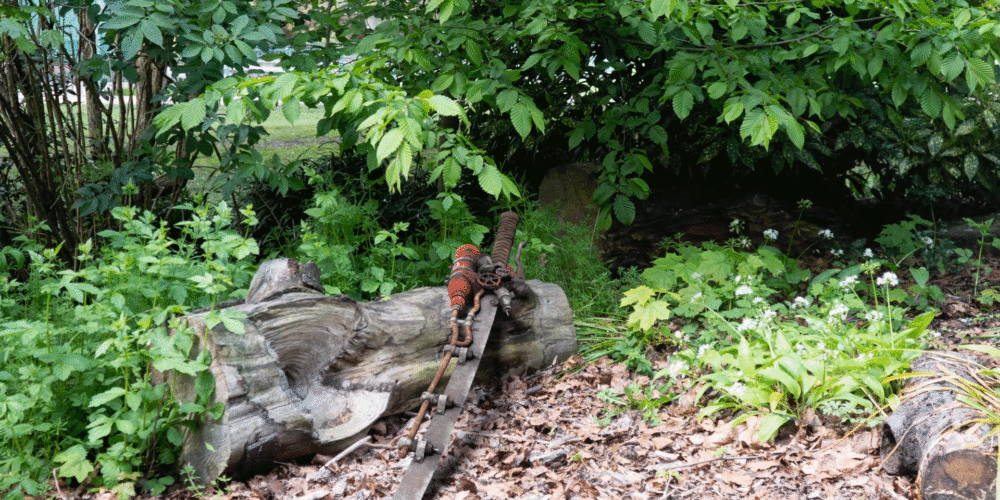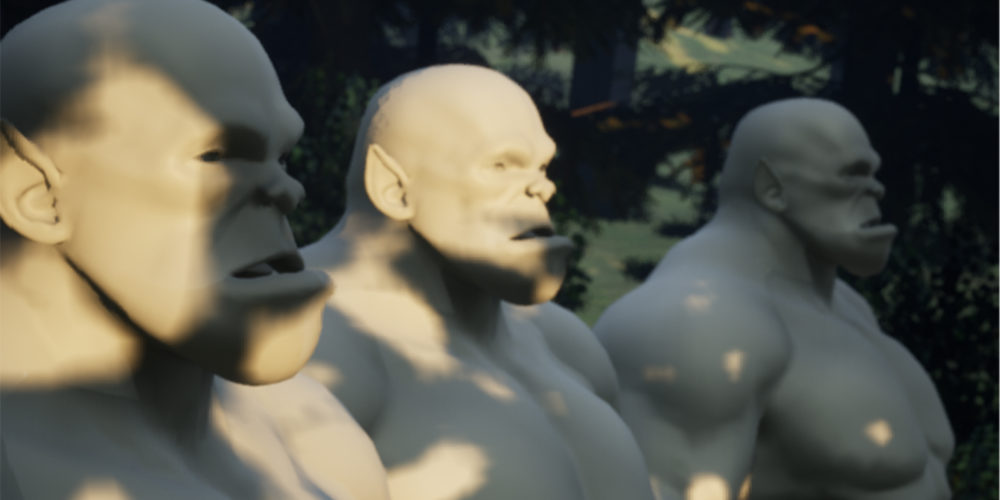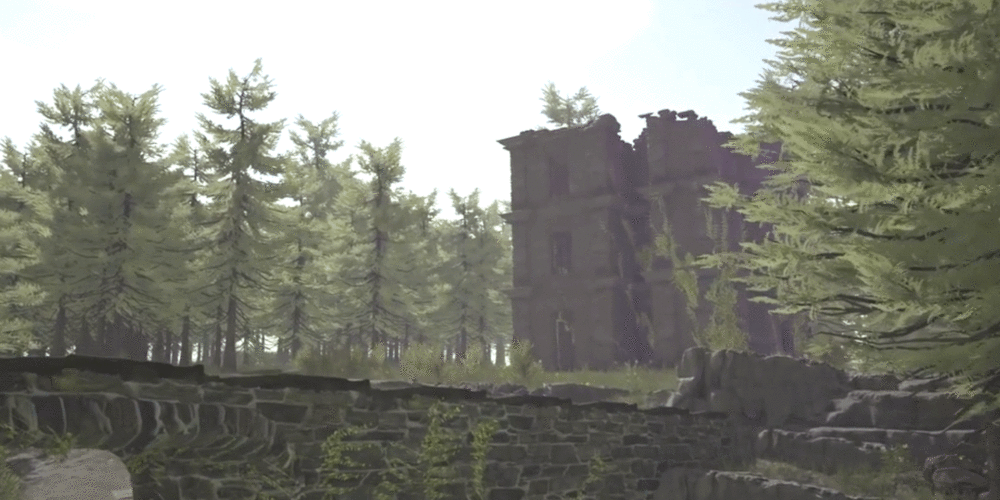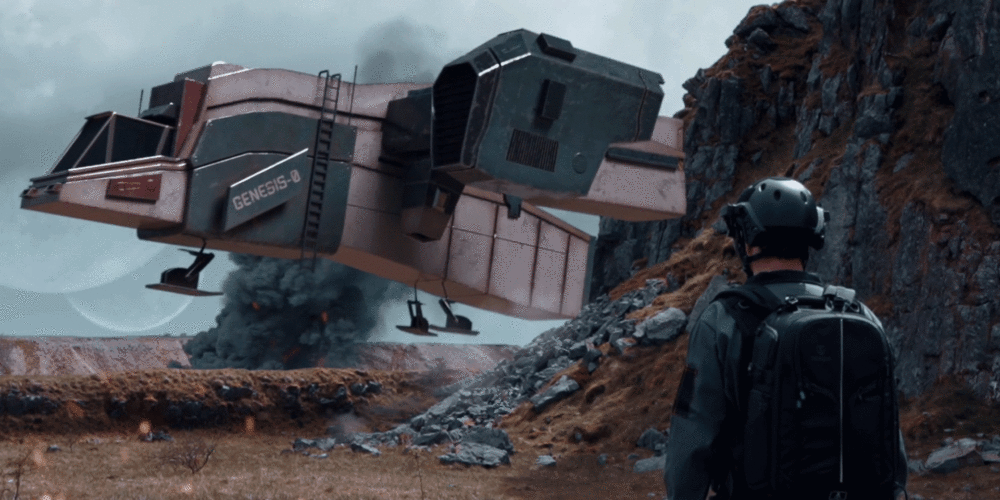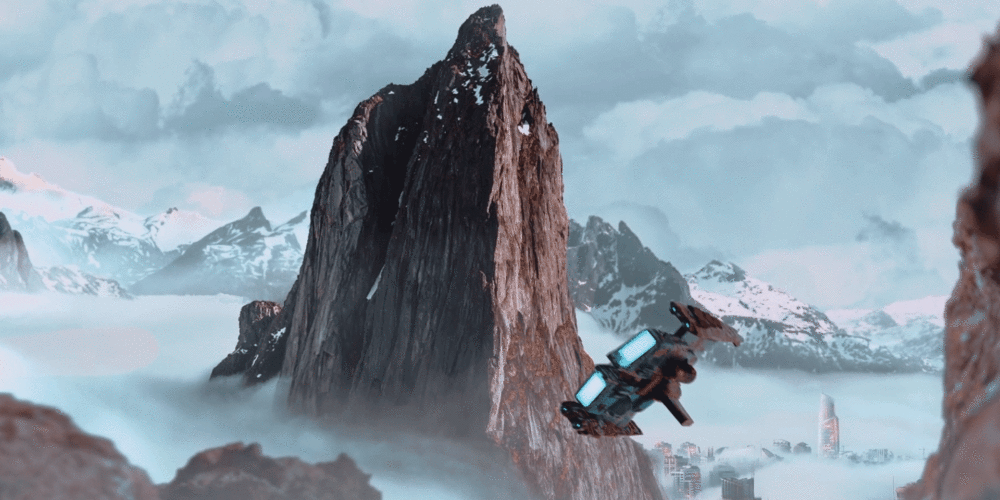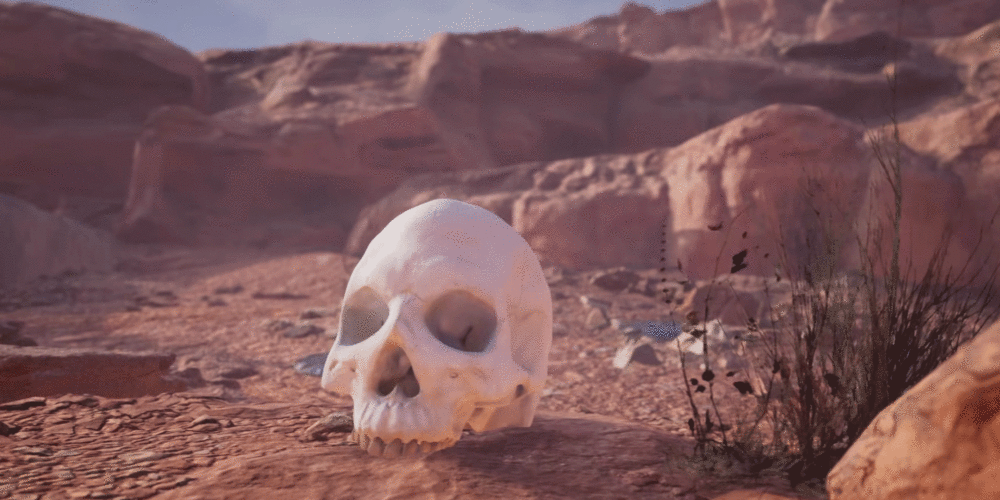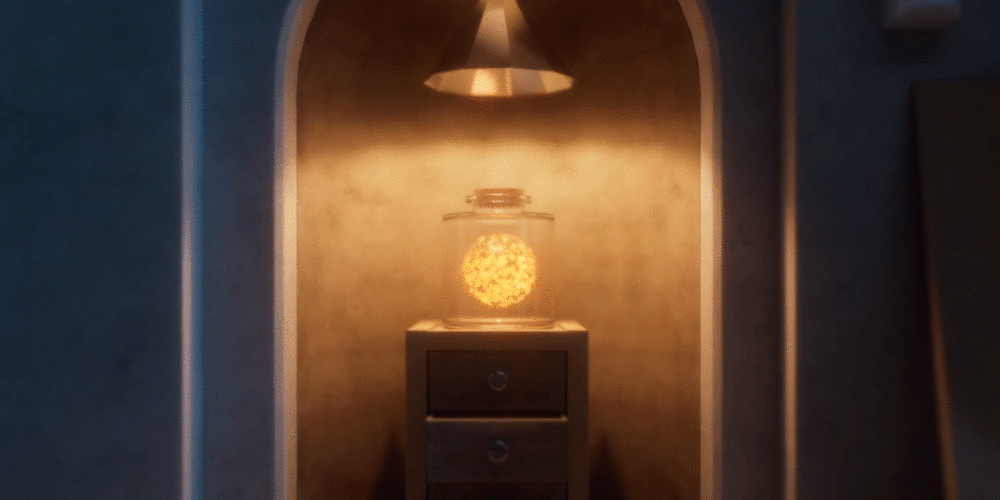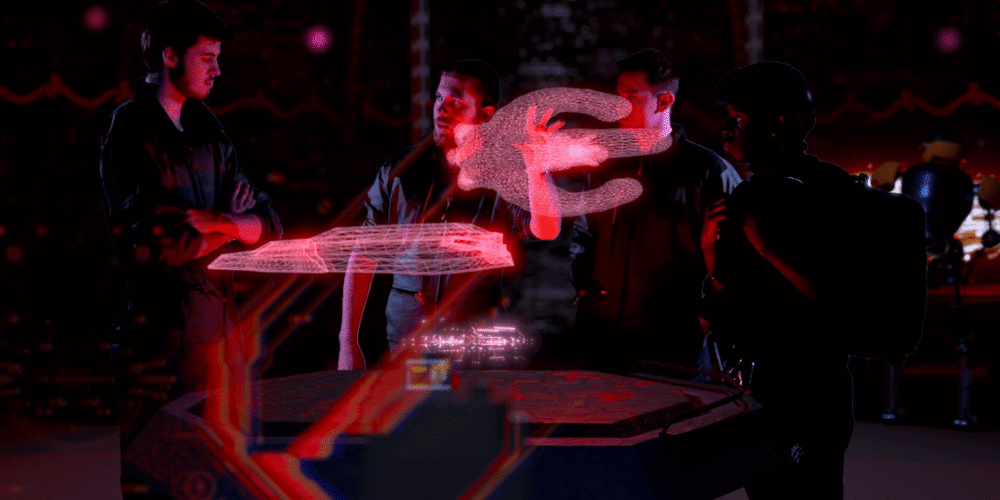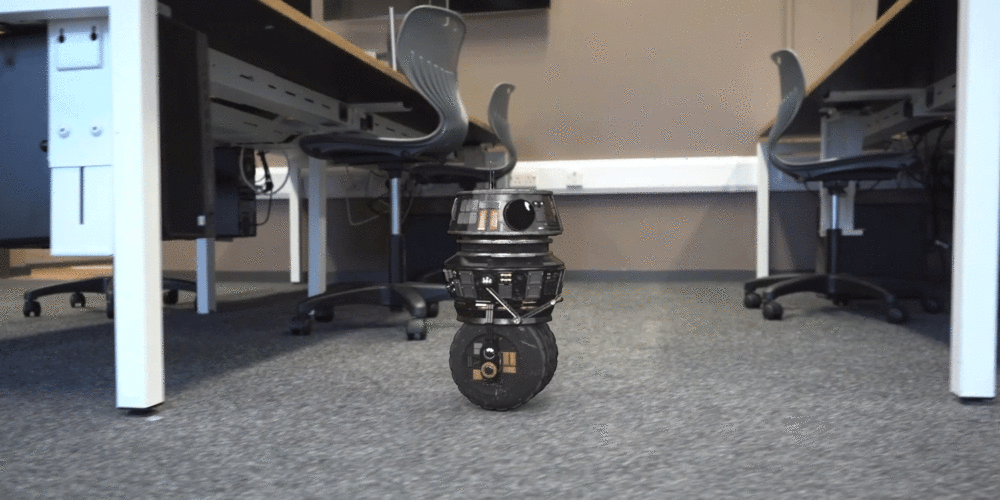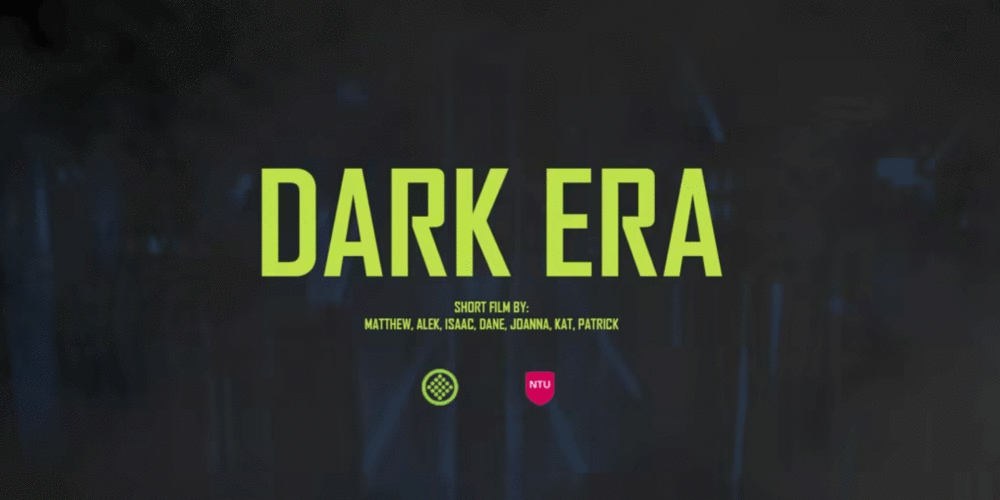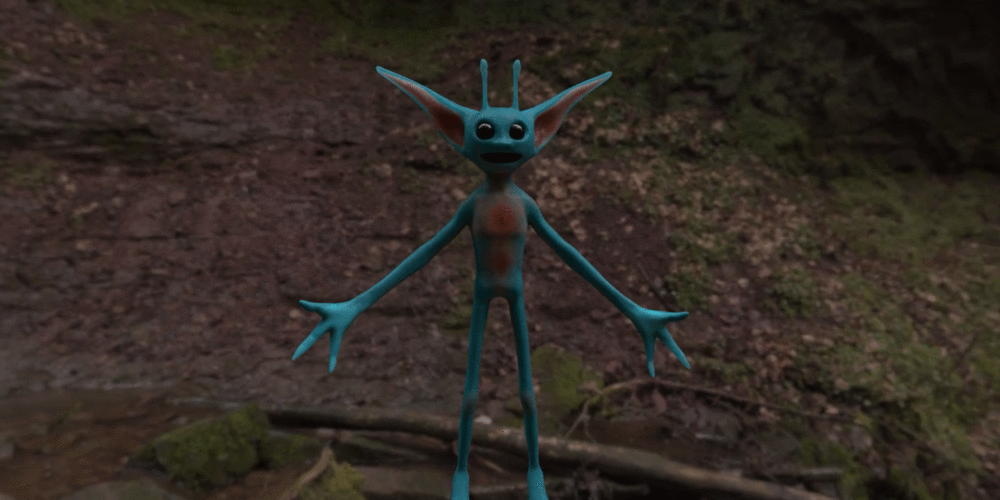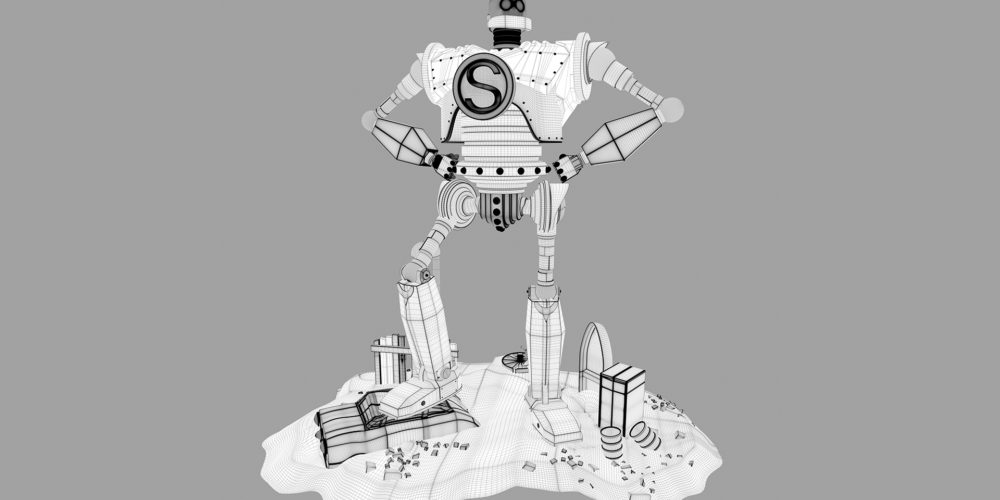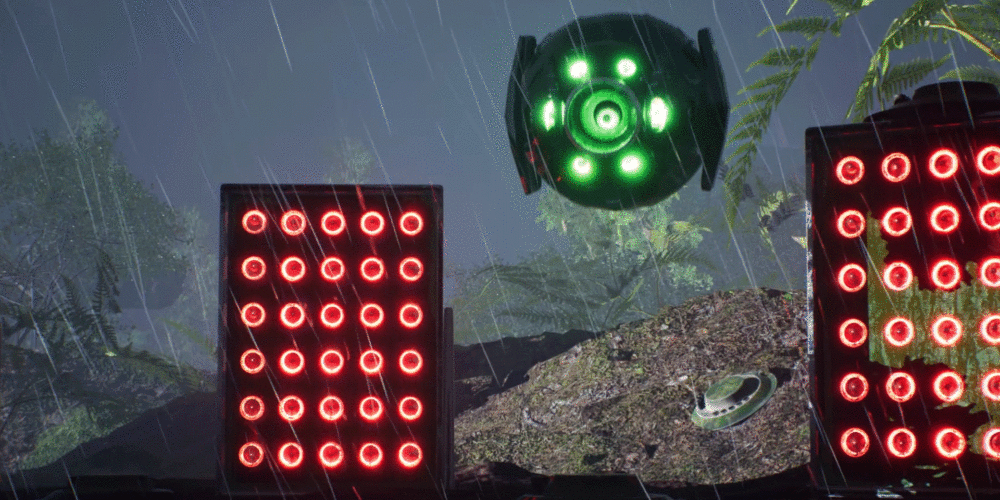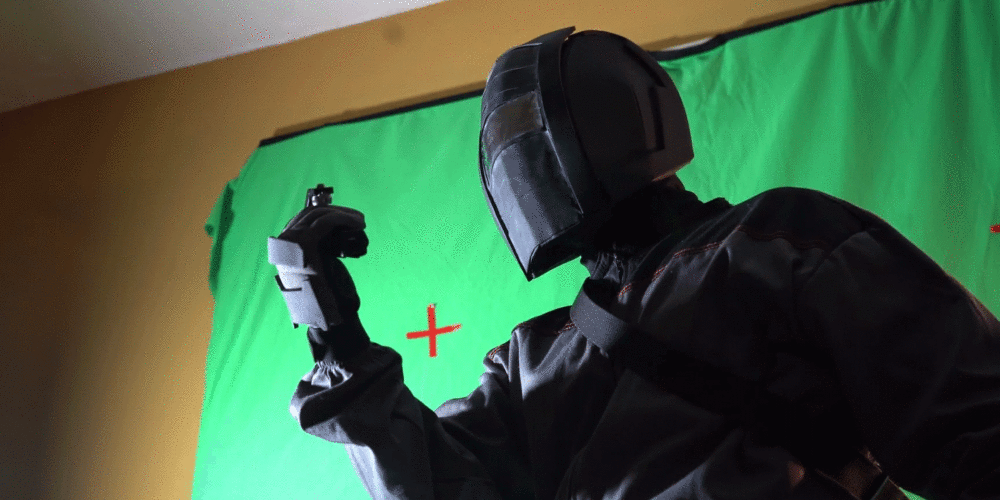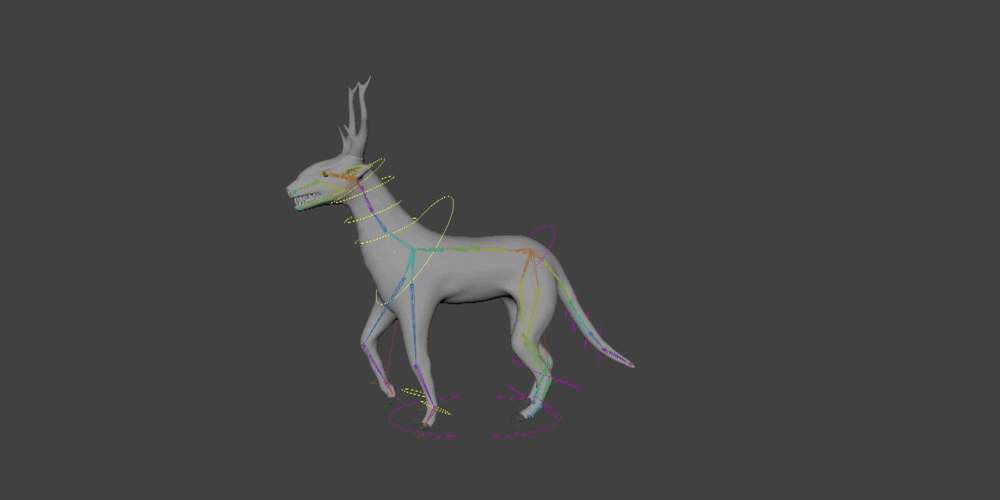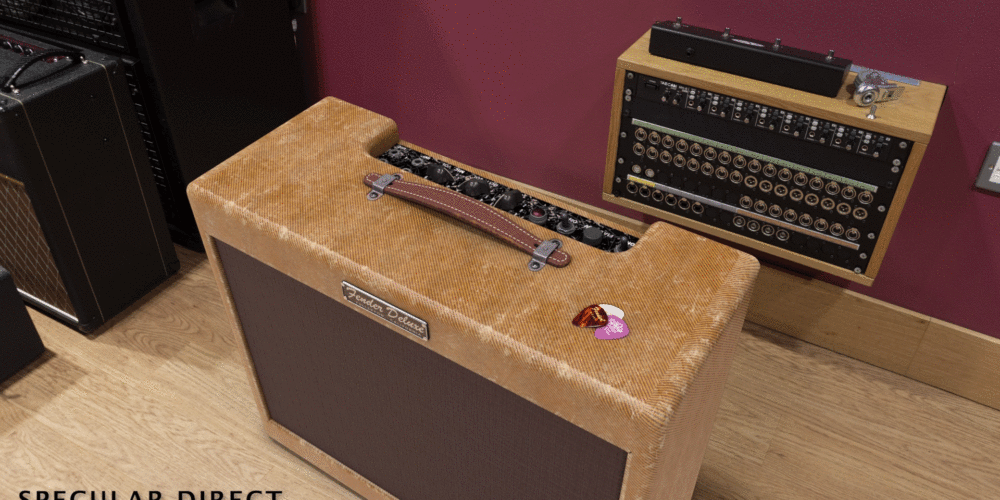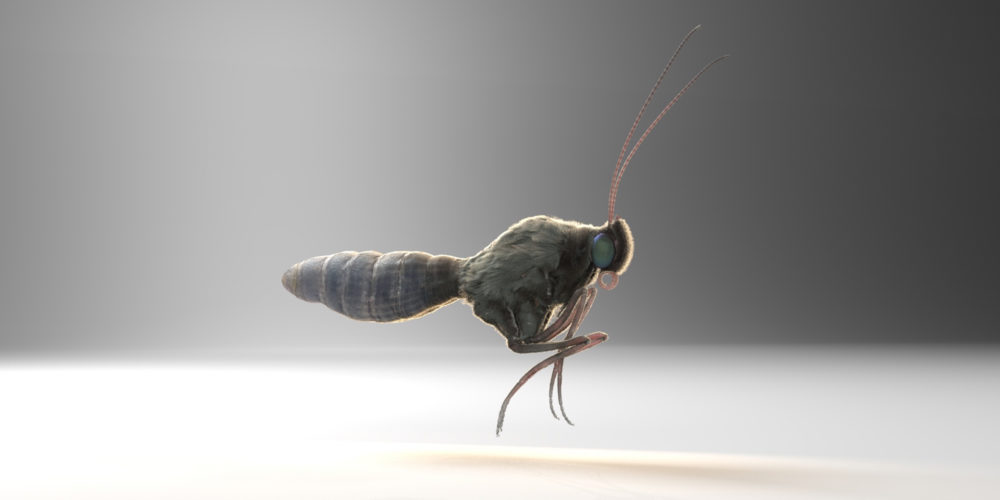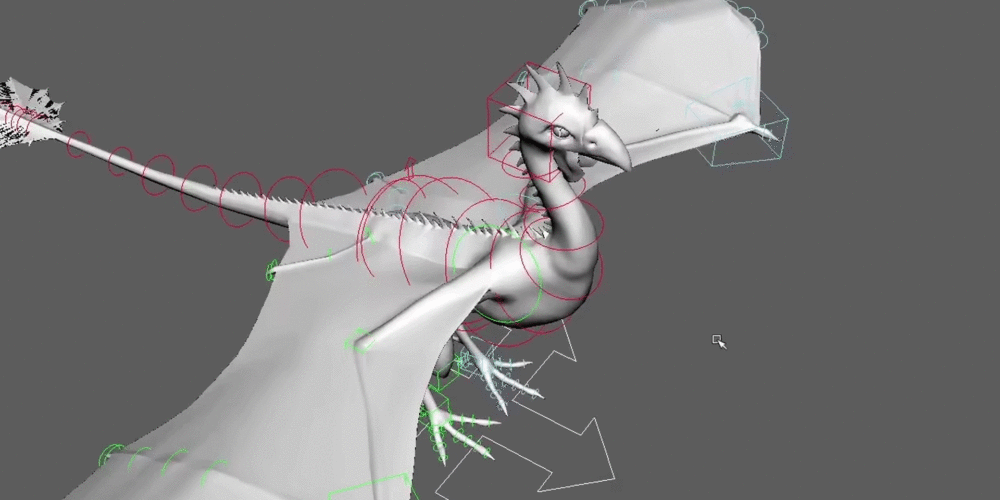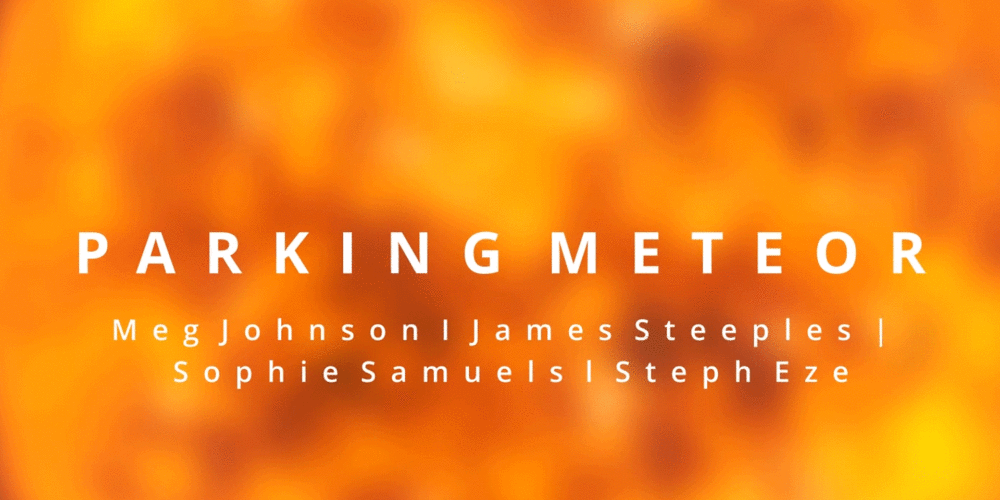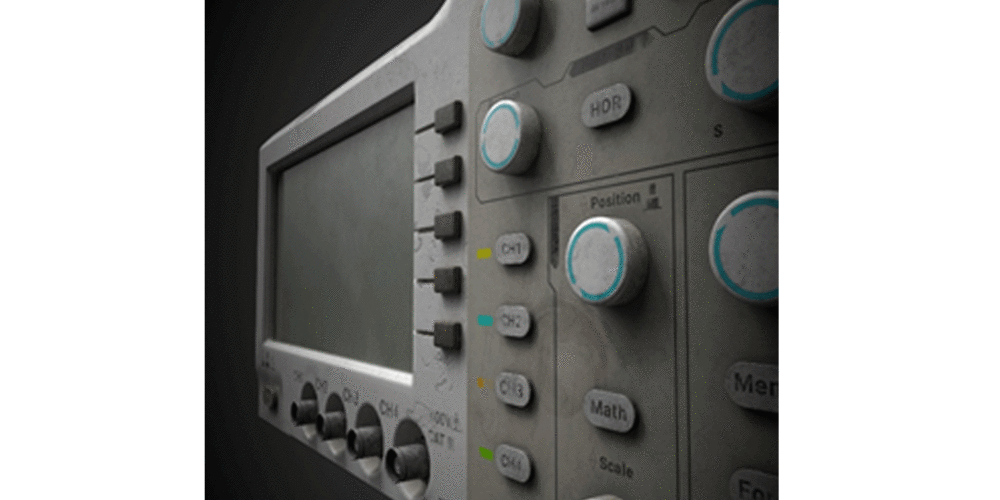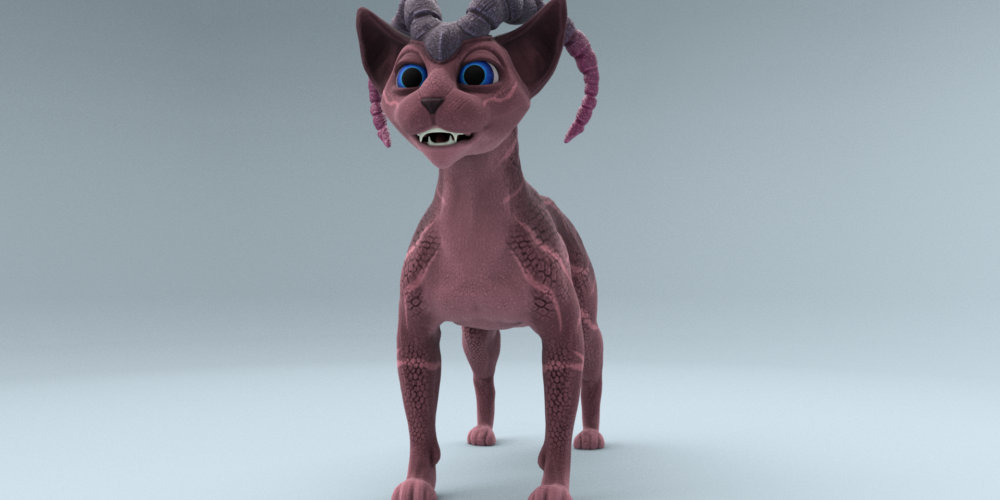Josh Baldaro
About the work
Watch
In this project I was asked to create a 3D model of an object I owned and produce a wireframe and ambient occlusion turntable render.
When hearing about the project, I knew straight away that I wanted to model my watch as it would challenge my modelling ability, having only been practicing in Maya for a few months.
Before starting the project, I created orthographic drawings of my watch using Photoshop, which would allow me to create a more accurate model. These drawing could be loaded into Maya, where I started modelling from the watch face, and worked outwards.
The model was created using industry-standard techniques to ensure correct topology, which is displayed in the wireframe turntable render, to confirm it was at the correct standard to be used in further stages of the VFX pipeline.
Overall, I am extremely happy with how my first complex model turned out, and look forward to spending more time on it over summer, with an aim of texturing it and adding it to a commercial style sequence.
Pencils
In this project I was asked to go through the necessary stages in the VFX pipeline to model and texture an asset to be placed into a scene. The result had a focus on being as photo realistic as possible.
Following all the stages done during industry-standard practice, I started by completing research and development to find an asset I wanted to create, deciding on stationary. I then set out in modelling and UV unwrapping the assets in Maya. The models could then be taken into Marmoset Toolbag to bake out texture maps for use in Quixel Mixer, which would be used to texture the assets.
With the assets completed, I proceeded to use the bookable camera kits to take my backplate image and HDRI. The assets could then be placed into the backplate and rendered before being taken into Nuke to be composited together.
Overall, I was extremely happy with the result and arrived at an image that I believe looked relatively photoreal.
Individual Comp
In this project I was asked to work as a group to produce assets for a VFX sequence.
After discussing with my team what shots we were going to create, I was tasked with creating the opening space sequence. For this, I followed an entirely 3D workflow, utilising Maya to create my camera paths, which could be imported into Nuke as an alembic cache. I could then project textures and shaders onto a sphere. The ship could then be modelled and rendered from the scene created in Maya before.
I was then placed in charge of compositing the final shot for the sequence. After receiving the model and textures from my teammate, the scene could be rendered and imported into Nuke for the holograms be placed in 3D space. With all the individual assets complete, I could place our actor inside the suit, and composite the whole scene, using the industry-standard methods I had been taught.
Overall, I was super happy with how my sections of the sequence came out and look forward to using what I have learnt in the future, or going back and make improvements once I have learnt even more.
Student Bio
Changing my mind about university at the last minute and applying to study Visual Effects was one of my best decisions. My time studying at Confetti so far has allowed me to develop my skillset and enhance my passion to work within the VFX industry.
The lecturers have taught me industry-standard skills and valuable lessons throughout every project, which has helped me develop as an artist.
Though I have had the opportunity to learn tools for many roles within the industry, I am particularly passionate about the technical side of visual effects and am drawn to node-based workflows, such as using Nuke and Houdini.
Confetti has allowed me to develop as an industry professional, with great talks during Industry Week to help make great contacts.
More from Josh:


